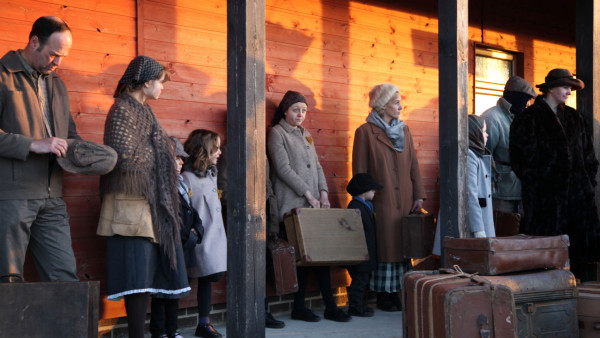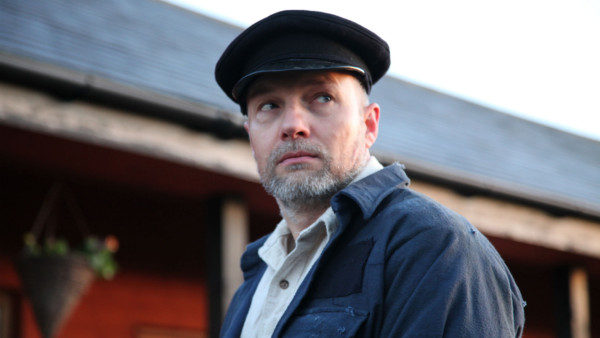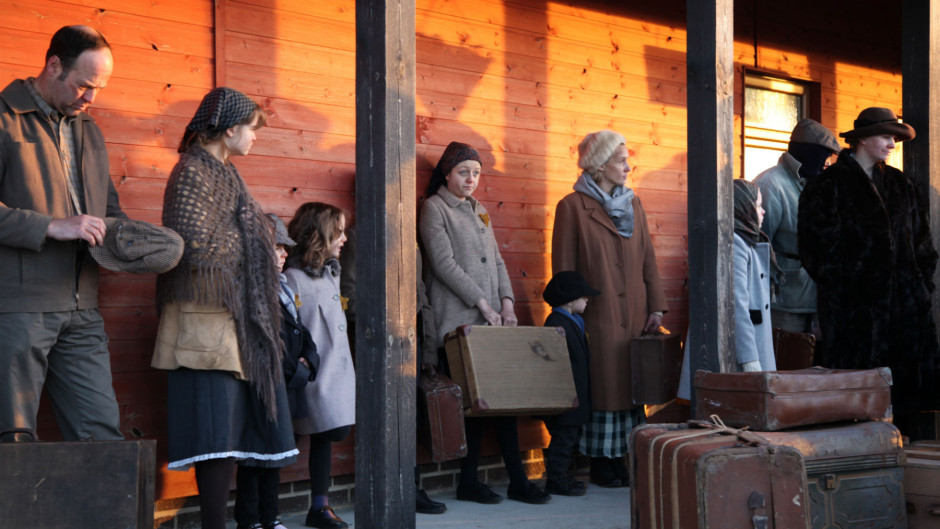Sobibor, in eastern Poland, was a destination from which one did not usually return. This Nazi extermination camp consumed its Jewish victims with rapidity and ferocity. But in 1943, at the height of the Holocaust, a few hundred of its prisoners made a daring, unprecedented break for freedom.
This little-known incident is the subject of Escape From A Nazi Death Camp, a taut documentary cum-dramatization scheduled to be broadcast by the PBS network on Tuesday, May 20 at 9 p.m. (check local listings).

The film is somewhat enhanced by the presence of three of the surviving escapees: the Polish Jews Thomas Blatt and Philip Bialowitz and the Dutch Jew Selma Engel. But only Blatt and Bialowitz return to the camp to share their experiences.
Thousands of Jews, mainly from Poland, arrived in Sobibor daily. New arrivals were told they would be resettled and could write postcards to their loved ones to inform them they were safe. In the meantime, they could have a shower.
“It was all about deception,” says Howard Tuck, a historian who has made it his business to study Sobibor, one of several extermination camps the Nazis built in that part of Poland.
The vast majority of Jews were gassed very shortly after their arrival by train. Some of the inmates, however, were consigned to labor brigades. But even they had no expectation of surviving, says Engel.
Sobibor was administered by a remarkably small garrison — approximately 20 SS men and 100 Ukrainian guards, plus an indeterminate number of Jewish kapos, whose life span was extremely uncertain. Nonetheless, the working assumption among prisoners was that escape was impossible.
There were 600 men and women in Sobibor in 1943. When a handful discovered that the camp would be liquidated and that the remaining prisoners would be murdered, they decided they had nothing to lose by making a break for it. The plan gathered pace when Jewish Red Army prisoners-of-war arrived. One of these soldiers, Alexander Perchirsky, assumed the leadership of the plot.
The planners decided that only a mass breakout would be feasible. Otherwise, they reasoned, the Nazis would exact terrible vengeance on the Jews who remained behind. Working on the assumption that the camp’s Nazi leadership would have to be eliminated before they made a run for it, they resolved to kill each and every member of the SS about an hour before their escape.
Coincidentally, SS Chieftain Heinrich Himmler visited the camp around this time. Spotting security lapses, he ordered mines to be planted around the perimeter and the nine-foot high barbed wire fence to be upgraded.

On Oct. 14, the day their plan was to be activated, they killed a kapo named Berliner, a German Jew who had behaved cruelly toward his fellow Jews. As a succession of SS men were assassinated, the camp’s telephone wires were cut.
The plan went awry because one of their primary targets was called away on urgent business. When he stumbled upon the corpse of an SS man after returning to the camp, he sounded the alarm.
The first wave of Jewish escapees was torn apart in the minefield. The rest, including Blatt and Bialowitz, made it through to the adjacent forest. As fugitives, their struggle for survival was daunting.
Upon hearing the news, Himmler ordered the demolition of Sobibor. With about 250,000 Jews having been murdered within its grounds already, Sobibor assumed its place in the pantheon of Nazi horrors.
